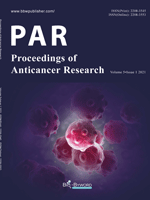Abstract
Photobioregulation (PBM) is a therapeutic approach that utilizes low-energy laser or light to regulate biological tissues. The mechanism is to promote cytochrome C oxidase (CCO) through low energy light, regulate the REDOX of mitochondria, and then regulate the biological functions of tissues and cells. Compared with traditional laser, it has a higher safety. There are a large number of mitochondria in retinal tissue, and studies have shown that PBM has a good protective and regulatory effect on the mitochondrial functions of retina and optic nerve. Therefore, PBM is clinically applied to treat age-related macular degeneration, diabetic retinopathy and retinitis pigmentosa and other retinal diseases. In order to provide a new direction for the treatment of retinal diseases, this paper reviewed the main parameters, mechanisms and the research progress of PBM in the fundus indications.
